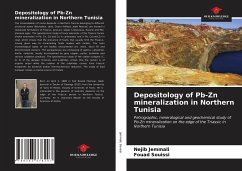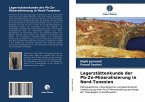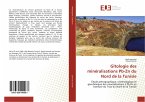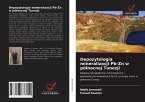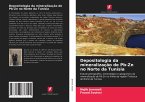The mineralization of some deposits in Northern Tunisia belonging to different structural zones (Béchateur, Jalta, Guern Halfaya, Jebel Ressas) are hosted in carbonate formations of Triassic, Jurassic, Upper Cretaceous, Eocene and Mio-pliocene ages. The geochemical study of trace elements of the Triassic facies shows anomalies in Pb, Zn, Cd and Co in carbonates and in Pb, Cd and Zn in clays which shows that the presence of faults that usually limit the Triassic, having given way to mineralizing fluids loaded with metals. The main morphological types of ore bodies encountered are: veins, karst fill and disseminated clusters. The parageneses are composed of galena, sphalerite, barite, celestite, locally accompanied by grey copper, pyrite, jordanite and various oxidation products. The geochemical study of the stable isotopes (C, O, S) of the gangue minerals and sulphides shows that the carbon is of organic origin while the sulphur of the sulphides comes from triassic evaporites by bacterial and/or thermochemical reduction. The study of lead isotopes shows a crustal source of metals.
Hinweis: Dieser Artikel kann nur an eine deutsche Lieferadresse ausgeliefert werden.
Hinweis: Dieser Artikel kann nur an eine deutsche Lieferadresse ausgeliefert werden.

